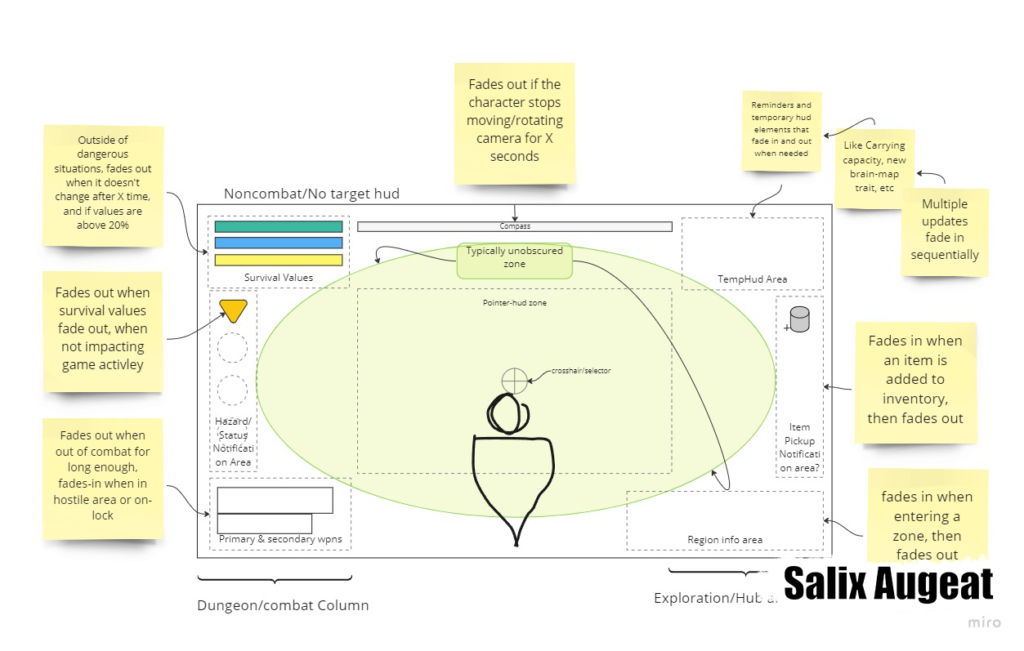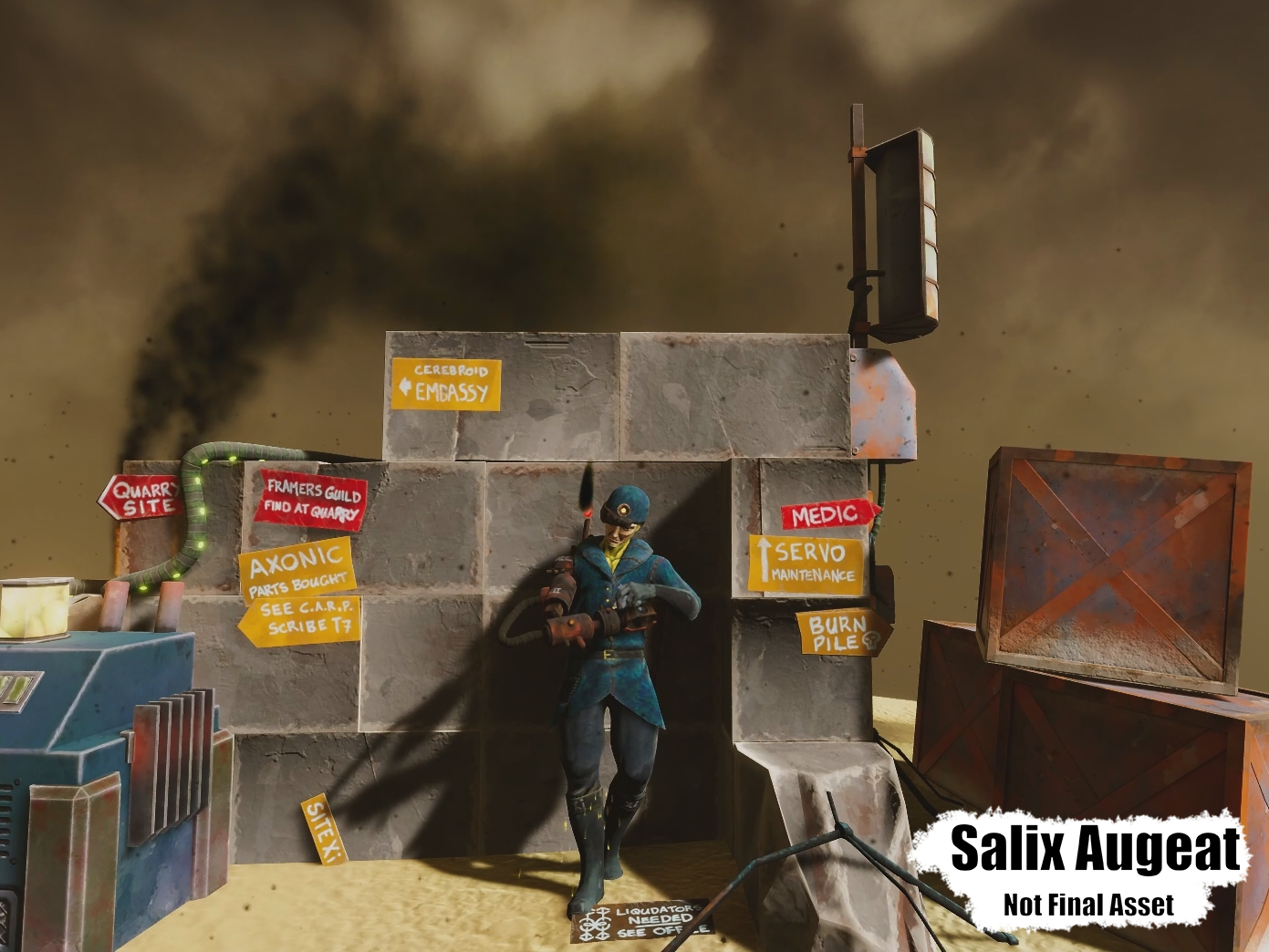First 3 Sprints: How it’s Going at Salix Augeat
In August 2022, I got hired as a Game Designer at Salix Augeat (a remote indie studio). I had been job hunting for about a month, searching for an entry point into the games industry, and was settling in for the long haul. I honestly wasn’t sure what to expect when I first got started, as the bulk of my collaborative experience in video games had been game jams up until that point. Now that I’m 3 sprints in and I’ve got my footing, I’d like to share a bit about my time so far in an ongoing series of posts. Each sprint I’ll cover a different facet of what I’ve learned, as I learn it. For today, I wanted to start with the reason it took me 3 sprints to make a post:
Adjusting to Scrum
The first shock for me was adjusting to a scrum-style agile development cycle. I’m no stranger to iterative design, and I understand the general theory behind agile development, but I wasn’t prepared for the meetings (affectionate). It might seem like a no-brainer to anyone who has worked remotely before, especially with a new team, that you’ll need to meet often to get the same kind of communication as an in-person work environment. I had worked remotely for a couple of years previously with my day job, so I thought I had a handle on it. With our scrum teams we have a planning meeting for the sprint, short stand-ups a few times per week (not daily since most of us have other jobs for now), a sprint review meeting, and a retrospective per-sprint as a base-line. That’s what working on a team is about right? Knowing who’s doing what and how it’s going? Hint: that’s not all.
During a typical sprint planning meeting, I take-on enough tasks to fill up my anticipated hours for the sprint. With just the core meetings on the books, it was easy to get the impression that I could spend all of my remaining hours on-task. That’s where the real adjusting happened: not the actual scrum meetings or voluntary work-load, but the time I didn’t allocate to communication and collaborative work. Every week I’m designing with other designers, programming with other programmers, and working closely with artists and other creatives. While we do much of our work on our own in the literal sense, it all has to mesh, and it all has to serve the creative vision of the game. For that to happen, we have to meet about specific systems and mechanics to come to a consensus. In practice that means carving out time for design meetings, presentations, pitches, and process-level discussions. Somehow I overlooked that part of the process in planning my hours for the first two sprints, and ended up biting off a little more than I could chew.
I thought at first that the sheer number of meetings was the problem, too much time talking and not enough time working, but the meetings were necessary. The real problem was that I had managed my time like a solo developer/cave dweller. I goofed!

My 3rd and most recent sprint went much smoother for me having learned that lesson. During planning, I included time for meetings and communication within the actual tasks themselves, and focused on a narrower set of goals. I came away from the sprint energized, inspired, and ready to dive into the next phase of the project.
I’m in the fortunate position where I’m able to continue to pursue independent projects and sharpen my skills outside of my work with Salix Augeat. While I won’t have the kind of time that I had before, you can expect to see an occasional update on The Dim Road and other ongoing solo work. If any of this excites you, don’t hesitate to get in touch!
